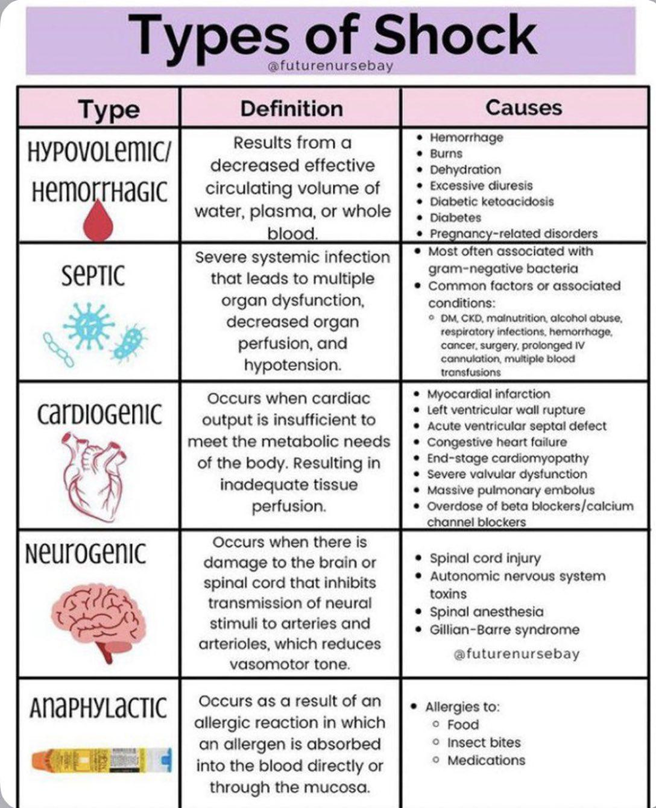A nurse is reinforcing teaching to a school-age child who has asthma. Which of the following medications should the nurse instruct the child to use to abort an ongoing attack?
Montelukast
Fluticasone
Cromolyn
Albuterol
The Correct Answer is D
A) Montelukast:
Montelukast is a leukotriene receptor antagonist (LTRA) used as a controller or maintenance medication for asthma. It is not used for the immediate relief of asthma symptoms during an acute attack. Montelukast is taken regularly to prevent asthma symptoms and reduce the frequency of asthma attacks, but it does not provide rapid relief during an ongoing attack.
B) Fluticasone:
Fluticasone is an inhaled corticosteroid (ICS) used as a controller medication for asthma. It works by reducing airway inflammation and is taken regularly to control asthma symptoms and prevent exacerbations. Fluticasone is not used for the immediate relief of acute asthma symptoms and is not suitable for aborting an ongoing asthma attack.
C) Cromolyn:
Cromolyn is a mast cell stabilizer used as a controller medication for asthma. It helps prevent the release of inflammatory substances that contribute to asthma symptoms. Cromolyn is taken regularly to prevent asthma symptoms and reduce the frequency of asthma attacks but is not used for the immediate relief of acute asthma symptoms like albuterol.
D) Albuterol.
Albuterol is a short-acting beta agonist (SABA) bronchodilator used for the quick relief of asthma symptoms during an acute asthma attack or exacerbation. It works rapidly to relax the smooth muscles in the airways, opening them up and relieving bronchoconstriction, which improves airflow and alleviates symptoms such as wheezing, shortness of breath, and chest tightness. Albuterol is typically administered via inhalation through a metered-dose inhaler (MDI) or a nebulizer.
Nursing Test Bank
Naxlex Comprehensive Predictor Exams
Related Questions
Correct Answer is D
Explanation
A) Cardiogenic shock:
Cardiogenic shock occurs when the heart is unable to pump enough blood to meet the body's needs, often due to myocardial infarction (heart attack) or other conditions affecting the heart's function. The client's history of a recent infection does not align with the etiology of cardiogenic shock.
B) Neurogenic shock:
Neurogenic shock occurs due to dysfunction of the autonomic nervous system, typically as a result of spinal cord injury or severe brain injury. It is characterized by widespread vasodilation and bradycardia. The client's history of a recent infection does not align with the etiology of neurogenic shock.
C) Hypovolemic shock:
Hypovolemic shock occurs due to a significant loss of blood volume, such as from trauma, hemorrhage, or dehydration. While infection can lead to fluid loss and dehydration in some cases, the client's history of a recent infection suggests a different etiology, specifically septic shock, which is driven by the systemic inflammatory response to infection.
D) Septic shock.
Septic shock is a type of distributive shock caused by a systemic response to infection. It occurs when an infection triggers a widespread inflammatory response, leading to vasodilation, increased capillary permeability, fluid loss from the bloodstream, and impaired tissue perfusion. The client's history of a recent infection suggests that the shock may be septic in nature.

Correct Answer is ["A","B","E"]
Explanation
A. Metered-dose inhaler (MDI): MDIs deliver a specific dose of medication in aerosol form. They consist of a pressurized canister containing medication and a mouthpiece or mask for inhalation. Patients must coordinate inhalation with actuation to ensure proper medication delivery to the lungs.
B. Nebulizer: Nebulizers convert liquid medication into a fine mist that can be inhaled directly into the lungs. They are commonly used for patients who have difficulty using MDIs or require higher doses of medication. Nebulizers are often used in acute care settings or at home for patients with chronic respiratory conditions.
C. Hypodermic syringe: Hypodermic syringes are used for administering injections subcutaneously, intramuscularly, or intravenously. They are not used for inhalation medication administration.
D. Feeding tube syringe: Feeding tube syringes are used for administering liquid medications or enteral feeds through feeding tubes directly into the gastrointestinal tract. They are not used for inhalation medication administration.
E. Dry powder inhaler (DPI): DPIs deliver medication in powdered form, which is activated by the patient's inhalation. Unlike MDIs, DPIs do not require coordination between actuation and inhalation. Instead, patients inhale forcefully to disperse the medication into their lungs.
Whether you are a student looking to ace your exams or a practicing nurse seeking to enhance your expertise , our nursing education contents will empower you with the confidence and competence to make a difference in the lives of patients and become a respected leader in the healthcare field.
Visit Naxlex, invest in your future and unlock endless possibilities with our unparalleled nursing education contents today
Report Wrong Answer on the Current Question
Do you disagree with the answer? If yes, what is your expected answer? Explain.
Kindly be descriptive with the issue you are facing.
